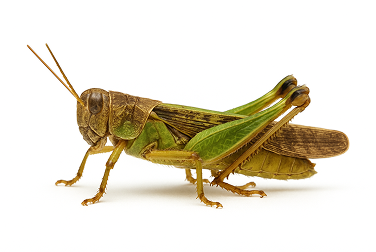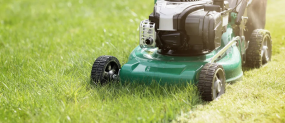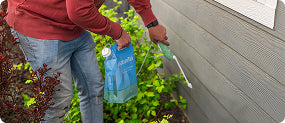Grasshoppers
Found in nearly every region of the United States, grasshoppers are well-known for their tendency to devour plants. These pests can cause significant damage to gardens, landscaping, and crops by feeding on leaves and stems. Whether the issue is small or widespread, this guide provides practical solutions to manage grasshopper infestations and safeguard your greenery.
Here are some of the most common grasshopper species found across households in the United States.
-
American bird grasshopper

-
Carolina grasshopper

-
Differential grasshopper

-
Lubber grasshopper

-
Red-legged grasshopper

-
Two-Striped grasshopper


Antennae: Short and thin, typically less than half the length of their body.
Size: Varies by species, ranging from 1 to 3 inches in length.
Body Shape: Long, cylindrical body with a slightly arched back and a robust thorax.
Color: Commonly green, brown, or gray, often with patterns or stripes for camouflage. Some species have bright colors on their hind legs or wings.
Wings: Two pairs of wings—outer wings are tough and protective, while the inner wings are softer and may be brightly colored.
Legs: Large, muscular hind legs adapted for powerful jumping; smaller front and middle legs for walking and grasping.
You can use the following model to help you identify an american bird grasshopper .








































































































